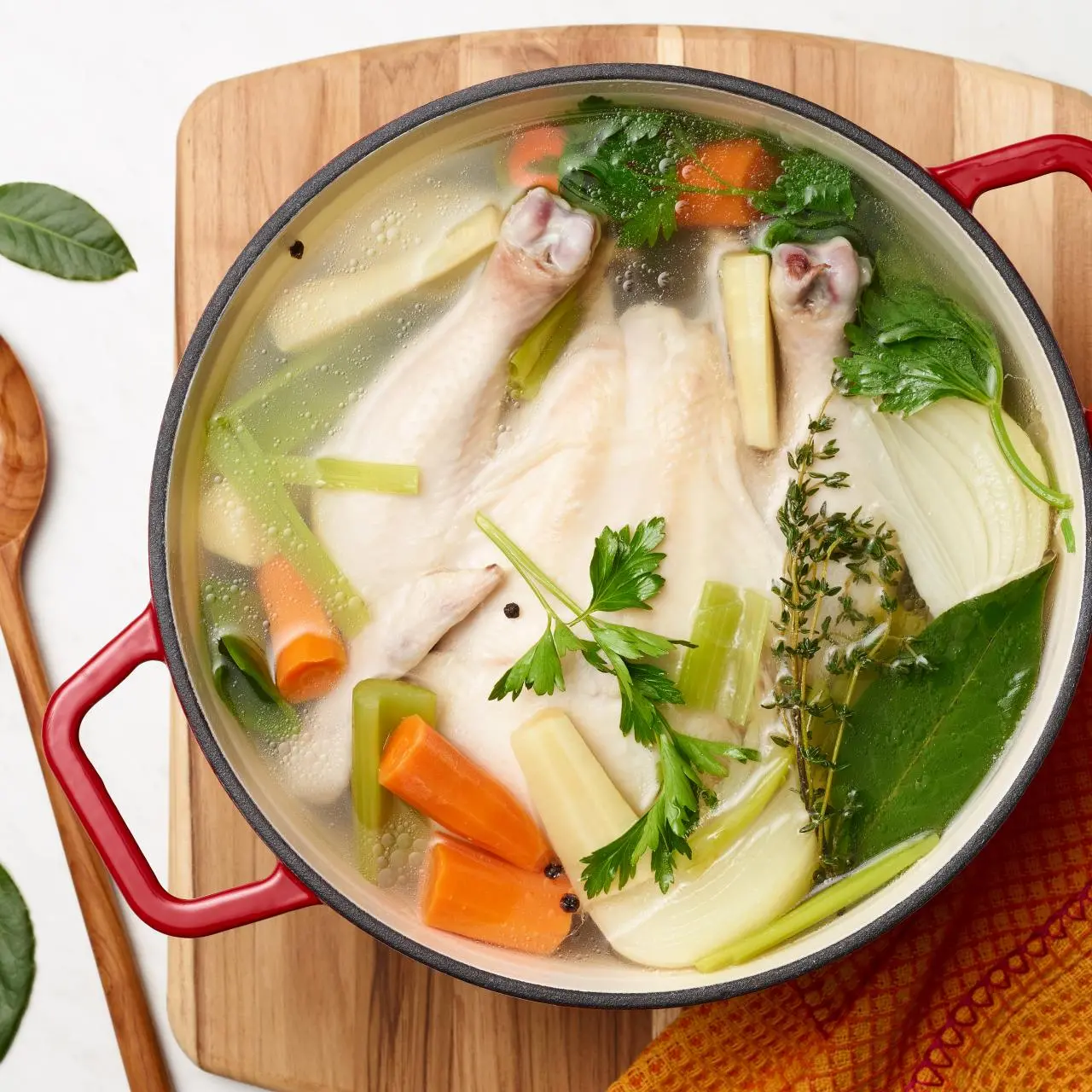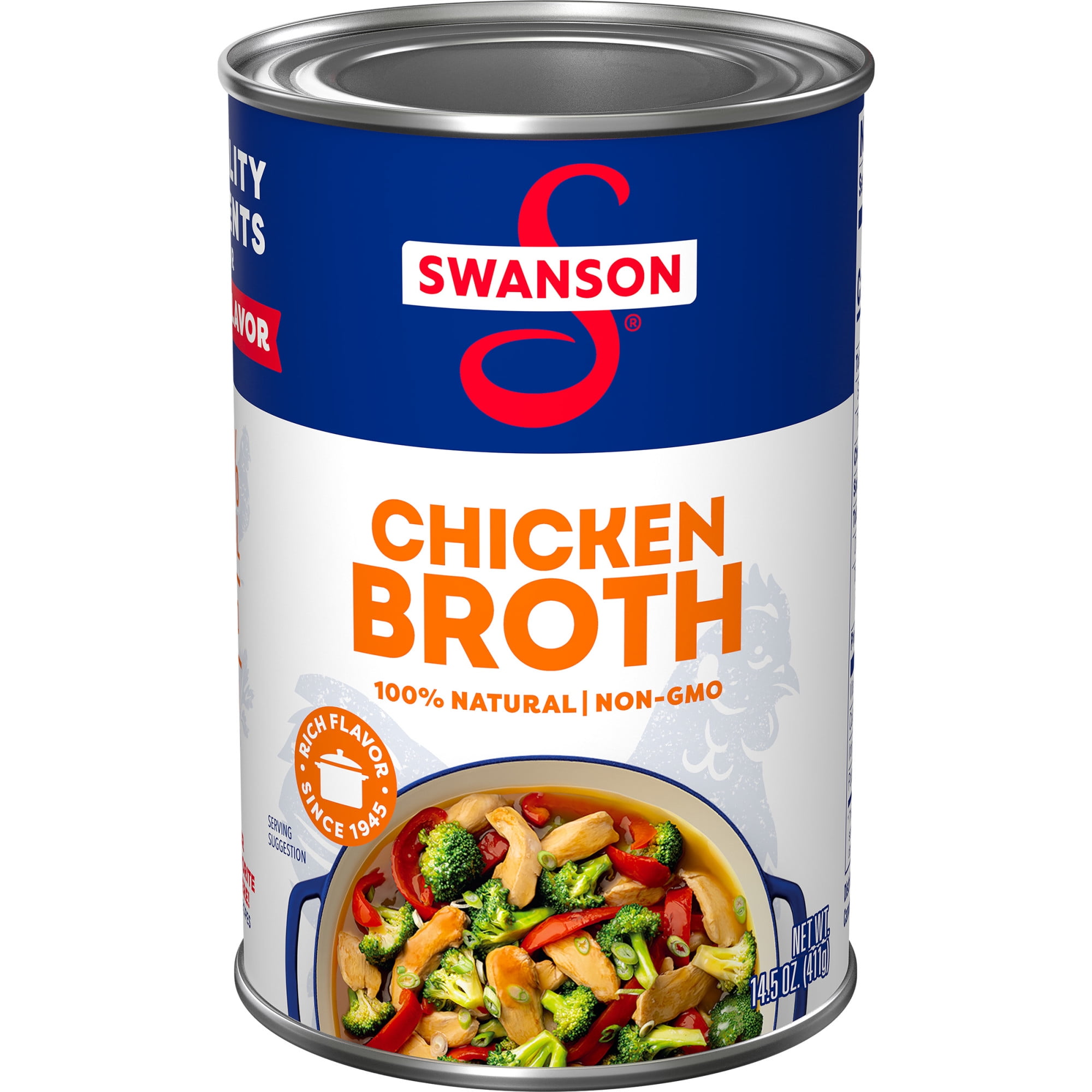The Art of Cooking with Organic Bone Broths: Tips and Tricks
Wiki Article
The Ultimate Guide to Making and Taking Pleasure In Organic Bone Broths in your home
Bone brew has gained focus for its various wellness advantages and cooking versatility. Crafting organic bone broth at home enables individuals to manage the high quality of active ingredients, making sure a nourishing outcome. Understanding the option of bones, important flavor components, and proper food preparation techniques is vital. As the procedure unfolds, one might question how to boost their broth past the fundamentals and incorporate it right into everyday dishes for improved flavor and nourishment.Understanding the Health And Wellness Benefits of Bone Brew
Although bone brew has been a staple in different cuisines for centuries, its health advantages have gotten significant interest in the last few years. Rich in collagen, amino acids, and minerals, bone brew is commonly proclaimed for its potential to support joint health and wellness, enhance gut function, and improve skin flexibility. The jelly acquired from cooked bones may help digestion and assistance secure the digestive tract cellular lining, potentially alleviating problems like leaky intestine syndrome.Furthermore, the existence of nutrients such as glucosamine and chondroitin might add to reduced inflammation and pain alleviation in joints. Additionally, bone broth is moistening and can work as a healthy base for stews and soups. Many advocates likewise declare that it enhances the immune system, many thanks to its mineral profile. Generally, the rebirth of rate of interest in bone brew is connected to its regarded ability to promote overall health and assistance various physical functions.Selecting the Right Bones for Optimum Taste and Nourishment
What aspects should one consider when picking bones for brew preparation? The type of bones used greatly affects both taste and dietary value. First, it is crucial to choose bones that include a mix of marrow bones, joint bones, and meaningful bones. Marrow bones provide rich flavors and healthy fats, while joint bones add collagen, improving the brew's nutritional profile.Additionally, sourcing bones from grass-fed or pasture-raised pets warranties greater high quality and more nutrients, as these animals are normally healthier. The quality of the bones is additionally vital; choosing bones from regional butchers or farmers' markets can guarantee perfect taste. Bone dimension matters too; bigger bones release even more jelly, leading to a richer broth. Taking into consideration the type of pet-- beef, poultry, or fish-- can influence the final taste, allowing for flexible brew alternatives customized to specific preferences.Important Ingredients for a Delicious Bone Broth
:max_bytes(150000):strip_icc()/7149475-4358977a70b6445dbc1fb2aea21db358.jpg)
Quality Bone Option
The structure of a flavorful bone brew depends on the cautious choice of premium bones. Sourcing organic, pasture-raised or grass-fed bones is essential, as these options are most likely to be without harmful ingredients and supply remarkable nutrients. Selections such as lamb, poultry, or beef bones each present unique tastes and health and wellness benefits. Bone kinds, including marrow bones, knuckle bones, and oxtails, contribute jelly and collagen, improving the brew's structure. Picking bones with a mix of meat and connective cells can additionally add splendor and deepness. Additionally, choosing bones with noticeable marrow ensures a nutrient-dense broth, elevating the overall high quality. Ultimately, spending time in high quality bone option prepares for a delicious and beneficial broth.Aromatic Flavor Boosters
Selecting premium bones sets the phase for a nutritious and rich bone broth, but it is the addition of fragrant taste enhancers that truly elevates the recipe. Components such as onions, garlic, and carrots not only pass on sweet taste but additionally contribute deepness to the brew. Fresh herbs like thyme, bay, and parsley leaves include an aromatic note, while spices such as black peppercorns and cloves introduce heat and intricacy. In addition, including a splash of apple cider vinegar can assist essence minerals from the bones, improving the broth. These flavor enhancers produce an unified blend, transforming a simple broth right into a savory foundation for soups, stews, or sauces, making it a versatile element in any kind of cooking repertoire.Step-by-Step Guide to Making Bone Brew at Home
Producing bone brew at home can be a gratifying culinary endeavor that boosts both flavor and nourishment in various recipes. To start, one must select high-grade bones, ideally from grass-fed or natural resources. Toasting the bones at 400 ° F for concerning 30 mins can magnify the flavor. Next, transfer the roasted bones to a big pot or sluggish cooker and cover them with chilly water. Adding a sprinkle of vinegar aids extract minerals from the bones.Include fragrant veggies like onions, carrots, and celery for included deepness, together with herbs and spices as desired. Bring the mixture to a boil, then decrease to a simmer. It is crucial to allow the brew simmer for a minimum of 12 hours, though much longer is more effective for maximum richness. Pressure the broth through a fine-mesh sieve and shop it in impermeable containers, prepared to raise meals with its healthy significance.Tips for Improving Your Bone Brew Simmer
While simmering bone broth, keeping the ideal temperature level and timing is important for attaining a rich and delicious result. A mild simmer, ideally in between 190 ° F and 210 ° F, aids remove maximum nutrients and tastes without boiling, which can make the broth cloudy. It is recommended to keep an eye on the pot carefully, changing the warmth as essential to maintain this simmer.Timing is likewise vital; a longer simmer, generally varying from 12 to 48 hours, enables much deeper flavor extraction and collagen release. For hen bones, a 12 to 24-hour simmer is sufficient, while beef bones take advantage of longer food preparation times.Additionally, skimming off any kind of foam or contaminations that climb to the surface during the initial few hours can boost the brew's clearness and taste. Making sure the pot is covered during simmering assists to retain wetness and increase the tastes, making for a much more rewarding end product.Creative Ways to Utilize Bone Broth in Your Food preparation
Integrating bone brew into various recipes elevates both taste and nutritional value. Chefs and home chefs alike discover that utilizing bone brew as a base for stews and soups boosts depth and splendor, changing easy recipes into passionate meals. It can also be used in risottos, where the brew changes water, enabling the grains to absorb its savory essence.Additionally, bone broth works as an excellent cooking fluid for grains like quinoa or rice, instilling them with nutrients and flavor. For an added spin, it can be made use of in braising meats, causing tender, delicious end results. Even sauces take advantage of a splash of bone brew, improving their preference profile.Moreover, bone broth can be incorporated into smoothies for an unanticipated wellness increase, providing protein and nutrients without compromising preference. These imaginative applications display the flexibility of bone brew in day-to-day cooking, making it an invaluable cooking area staple.Saving and Maintaining Your Self-made Bone Brew
Appropriate storage space and conservation of homemade bone brew is important for keeping its taste and dietary advantages. Cold techniques and refrigeration ideal methods play a vital duty in extending the broth's life span. Comprehending these methods can help guarantee that the broth continues to be safe and delicious for future usage.

Icing Up Techniques Explained
Cold strategies are necessary for effectively saving and maintaining home made bone broth, guaranteeing its rich flavors and nutrients continue to be undamaged for future use. To ice up bone brew, it is recommended to allow it amazing entirely before moving it to find more information storage containers. Glass jars, silicone molds, or sturdy fridge freezer bags are ideal options. When making use of jars, leave area at the top for growth during freezing. Portioning the broth into smaller quantities permits very easy thawing and decreases waste. Label containers with the day and contents for easy recognition. For peak high quality, take in the frozen brew within 3 to six months - Beef Broth. Thawing can be performed in the refrigerator or by utilizing a microwave, making certain that the brew is heated completely before intakeRefrigeration Best Practices
While many emphasis on freezing as an approach of conservation, refrigeration likewise plays an important function in storing homemade bone broth successfully. As soon as cooled, bone brew must be transferred to closed containers, assuring marginal air exposure to stop perishing. It is a good idea to cool brew within two hours of cooking to keep its quality. Normally, homemade bone broth can be kept in the fridge for up to five days. Classifying containers with dates can official statement help track freshness. For peak taste and safety, brew must be reheated to a moving boil before usage. If longer storage space is required, cold continues to be an exceptional option, however correct refrigeration methods assure that bone broth continues to be nourishing and scrumptious for temporary use.Regularly Asked Concerns
Can I Utilize Frozen Bones for Making Bone Brew?
The question of making use of icy bones for bone broth arises often (Benefits Of Bone Broth). Professionals agree that icy bones can be made use of successfully, however they must be thawed prior to food preparation to ensure excellent taste and nutrient extractionHow Much Time Can I Store Homemade Bone Brew?

Is It Safe to Reheat Bone Brew Several Times?
Reheating bone broth several times can pose safety and security concerns - Benefits Of Bone Broth. Each reheating cycle raises the threat of microbial growth. It is advisable to reheat only when and store any kind of leftovers quickly to assure safety and high qualityCan I Add Veggies to the Broth for Flavor?
Including veggies to broth boosts flavor and dietary value. Common choices consist of carrots, onions, and celery. The veggies instill their significance into the broth, creating a richer and a lot more tasty last item.What's the very best Method to Thaw Icy Bone Brew?
To thaw frozen bone broth, one can put it in the fridge over night, make use of a microwave on low heat, or immerse the sealed container in cozy water, making certain even thawing without jeopardizing taste or nutrients. It is vital to choose bones that include a mix of marrow bones, joint bones, and meaty bones. Marrow bones offer abundant tastes and healthy find fats, while joint bones add collagen, boosting the brew's nutritional profile.Additionally, sourcing bones from pasture-raised or grass-fed pets warranties higher high quality and even more nutrients, as these animals are commonly healthier. Bone kinds, consisting of marrow bones, knuckle bones, and oxtails, add gelatin and collagen, improving the broth's texture. Choosing top notch bones sets the stage for a nutritious and abundant bone brew, but it is the enhancement of aromatic taste boosters that truly boosts the meal. Also sauces benefit from a dash of bone broth, enriching their taste profile.Moreover, bone broth can be integrated right into shakes for an unanticipated health and wellness increase, offering healthy protein and nutrients without compromising taste.Report this wiki page